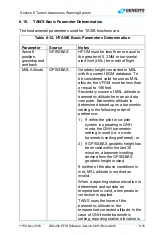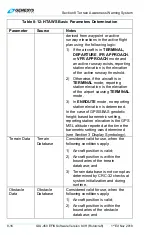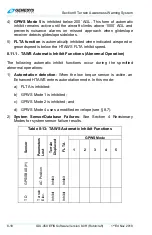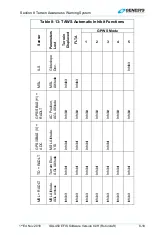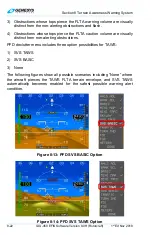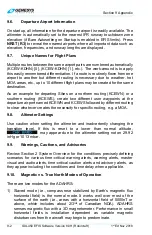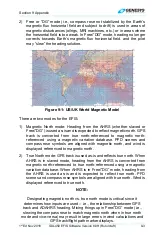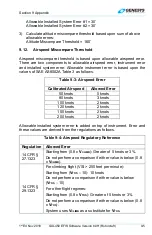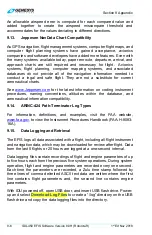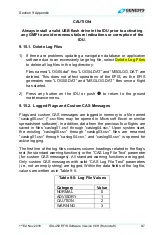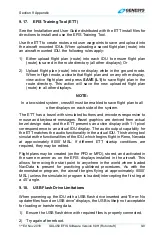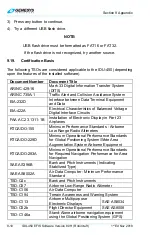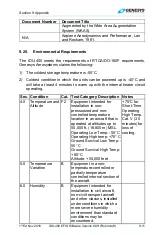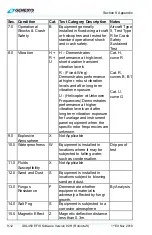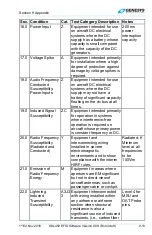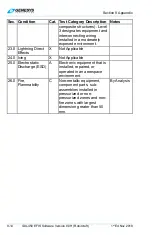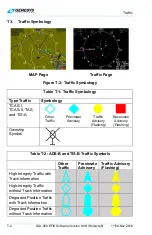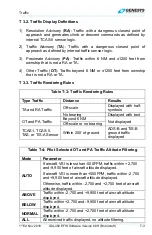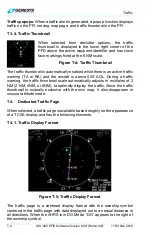
Section 9 Appendix
1
st
Ed Nov 2018
IDU-450 EFIS Software Version 8.0H (Rotorcraft)
9-3
2) Free or “DG” mode (i.e., compass rose not stabilized by the Earth’s
magnetic flux horizontal field and subject to drift) is used in areas of
magnetic disturbances (oilrigs, MRI machines, etc.) or in areas where
the horizontal field is too weak. In Free/”DG” mode, heading no longer
corrects towards Earth’s magnetic flux horizontal field, and the pilot
may “slew” the heading solution.
Figure 9-1: US/UK World Magnetic Model
There are two modes for the EFIS:
1) Magnetic North mode: Heading from the AHRS (whether slaved or
Free/”DG”) is used as-is and is expected to reflect magnetic north. GPS
track is converted from true north-referenced to magnetic north-
referenced using a magnetic variation database. PFD scenes and
compass rose symbols are aligned with magnetic north, and wind is
displayed referenced to magnetic north.
2) True North mode: GPS track is used as-is and reflects true north. When
AHRS is in slaved mode, heading from the AHRS is converted from
magnetic north-referenced to true north-referenced using a magnetic
variation database. When AHRS is in Free/”DG” mode, heading from
the AHRS is used as-is and is expected to reflect true north. PFD
scenes and compass rose symbols are aligned with true north. Wind is
displayed referenced to true north.
NOTE:
Designating magnetic north vs. true north mode is critical since it
determines how inputs are used – i.e., the relationship between GPS
track and ADAHRS heading. Mixing things up in Free/”DG” mode (i.e.,
slewing the compass rose to match magnetic north when in true north
mode and vice-versa) may result in large errors in wind calculations and
GPS track/flight path marker displays.



